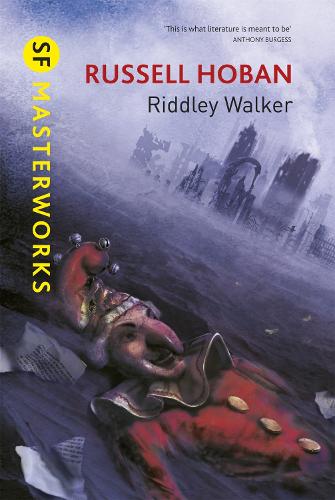


Now we come to the centrepiece of the painting: here is Eustace (larger than everything else, as was the custom in such pictures), treading water in the middle of the river, hands clasped prayerfully, hoping for better times. When he comes to a river he carries one son across and returns for the other only to see a wolf making off with the first child and a lion with the second. He set out with his wife and their two little sons on a pilgrimage to Jerusalem and this painting by an unknown artist shows, vertically from bottom to top, the ill-starred journey from beginning to end: Eustace's wife is taken by pirates early on, leaving Eustace to soldier on with the children. This epiphany brought him to his knees and converted him to Christianity. According to the legend he was a general in the Roman army to begin with, but one day hunting in the forest, he saw a little crucified Jesus between the antlers of a stag, as vividly shown in the 15th-century painting by Pisanello. Being thus non-factual, Eustace is quite at home in a work of fiction.

Perhaps his legend turned up on the back of some Middle-Ages cornflakes box and grew from there. If you Google for Eustace you'll find that he has no official standing among the beatified. Sometimes I get thrown off the train in the middle of nowhere sometimes I get to the Big Rock Candy Mountain. Whatever talent I have for writing lies in being friends with my head: I know its vagaries, its twists and turns, its hobo journeys in fast freights, riding the blinds to unknown destinations. Facing it on the opposite wall is Professor Tristram's reconstruction of the 15th-century painting. Up those worn- down steps, past the place where the remembered blood of Thomas Becket seethes on the stones, to the north aisle where on one wall remains the faint earth-green tracery of The Legend of St Eustace.

Breathing in this atmosphere I made my way through the nave to those stone steps trodden by successive waves of pilgrims, some with beads, some with cameras.


 0 kommentar(er)
0 kommentar(er)
